The flow path design of the same way is to fill the different positions according to the characteristics of the parts, and then try to concentrate the liquid flow to the ideal position.
The specific instructions are as follows:
First, the characteristics of the parts:
1. The parts are asymmetrical left and right.
2. The wall thickness is extremely uneven. (as shown in the wall thickness profile)
3. Take the center line as the boundary (Figure D), left and right.
Second, the requirements for the flow channel:
The task of the two outer runners is mainly to ensure the filling of the two semicircles, that is, to let the aluminum liquid rush upward. The two flow paths in the middle are mainly responsible for the filling of the upper and lower horizontal bars, and the aluminum liquid is required to run down.
Because the width of the left and right halves of the part is limited and heavy. In order to obtain the ideal flow state, the width of the two outer gates can be reduced first, that is, the area of the two outer gates is reduced, and then the gap is compensated by increasing the area of the two inner gates.
However, to achieve the above objectives, it is also necessary to pay attention to whether the cross-sectional area (F h) of the lower bar can meet the requirements. That is, F h> F n . If yes, you can follow the original plan, and the intersection is at the intersection of the upper bar and the center line (see Figure D). If not, make the following adjustments. The centering is changed to the center line and the left Xmm is used as the boundary to cut the parts. The purpose is to reduce the weight on the left side, thus reducing the requirement for the area of the left inner gate. Thereby F h >F n is satisfied. The result of this is to change the intersection of the flow to the left Xmm of the centerline.
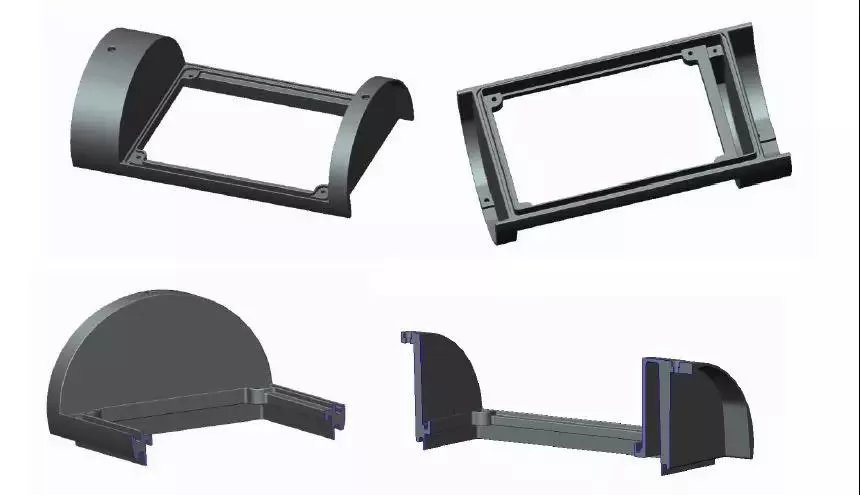
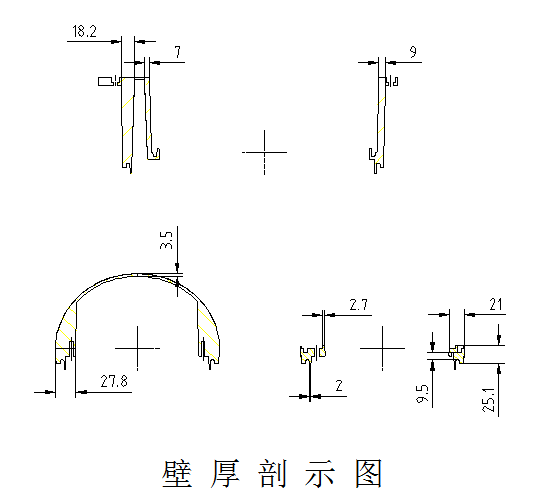
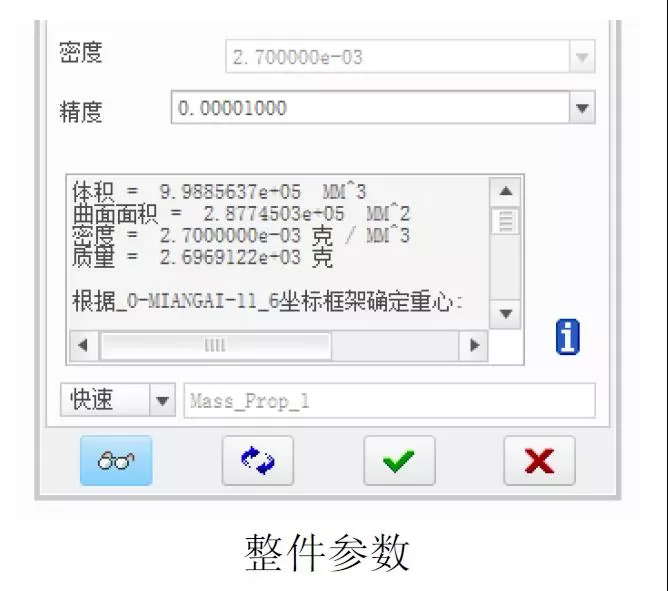
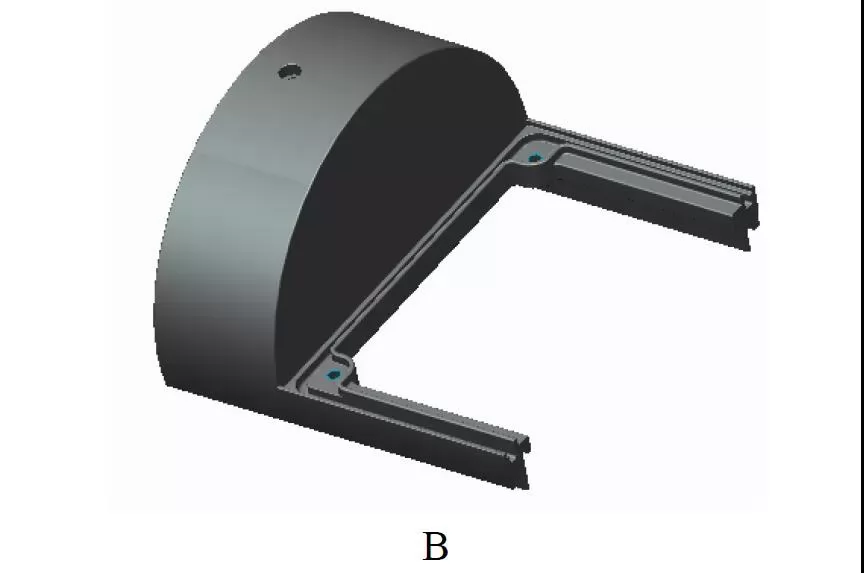
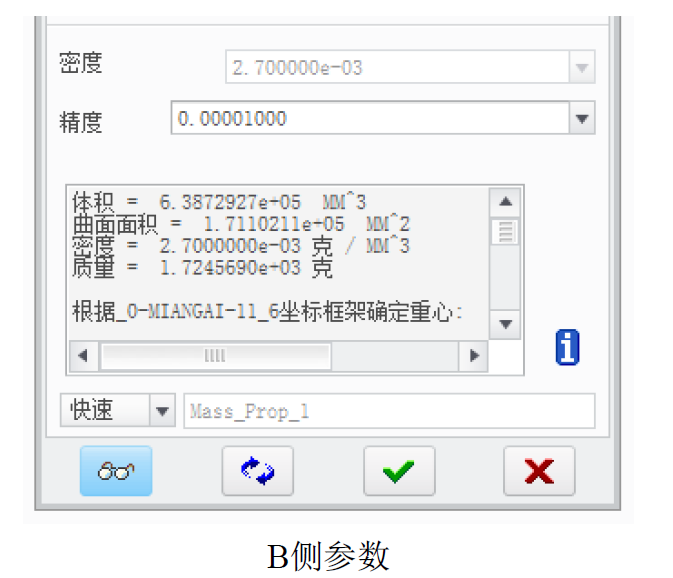
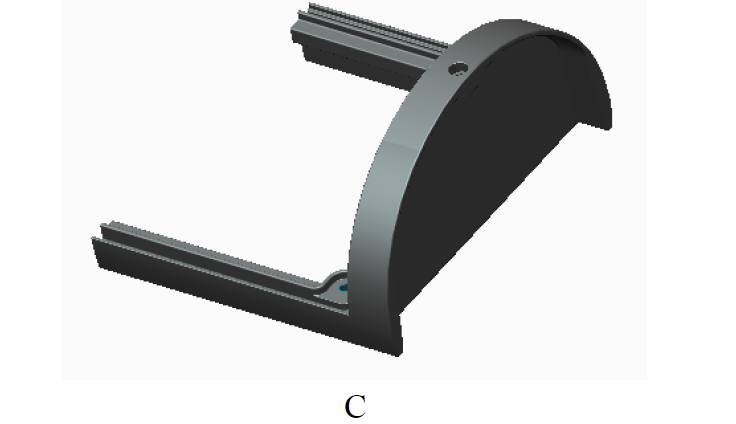
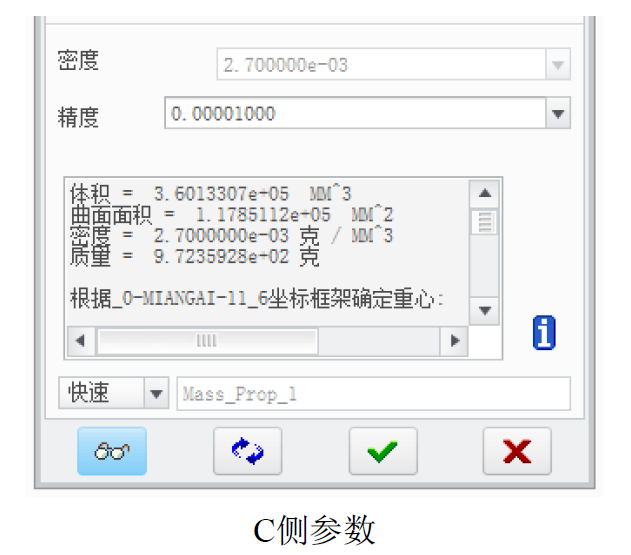
Material: ADC12
Average wall thickness: 6.9 (mm)
Weight: 2696.9 (g)
Fill time: 0.085 (s)
Vertical projection area: 36600 (mm2)
Filling speed: 30 (m / s)
Third, calculate the area of the gate
1. Calculate the total area of the gate
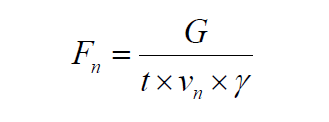
Fn - inner gate cross-sectional area (cm2)
t - fill time (s)
G——casting weight (g)
Vn - filling speed (cm/s)
γ- aluminum alloy liquid specific gravity (2.4g/cm3)

2. Calculate the gate area in Figure B
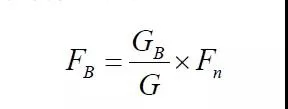
FB - the cross-sectional area of the gate in Figure B (cm²)
GB - Part B casting weight (g)

3. Calculate the gate area in Figure C

FC - the cross-sectional area of the gate in Figure C (cm²)
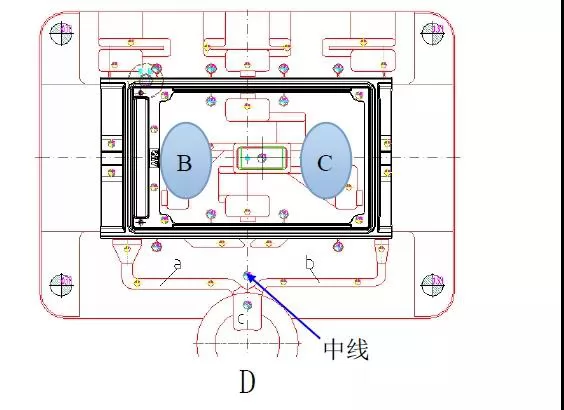
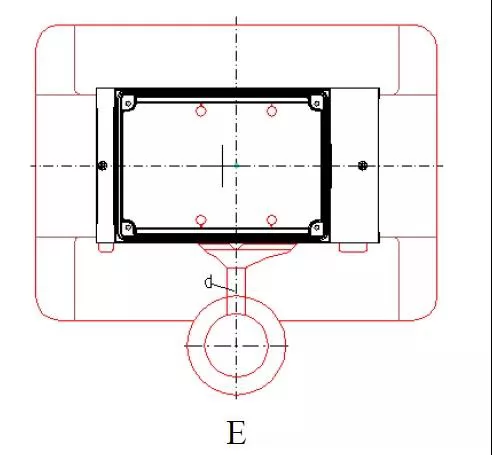
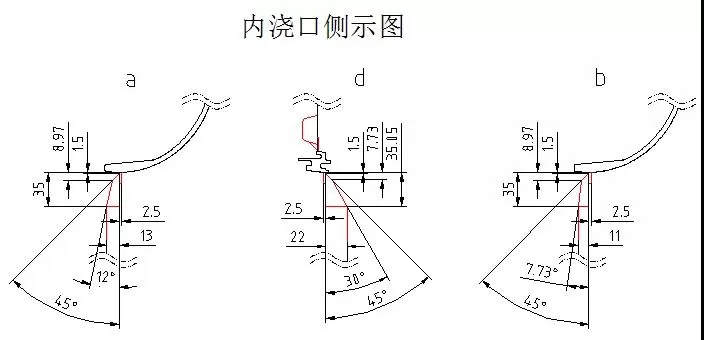
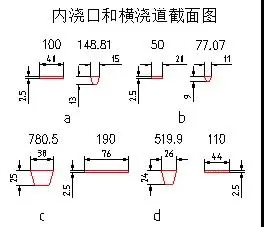
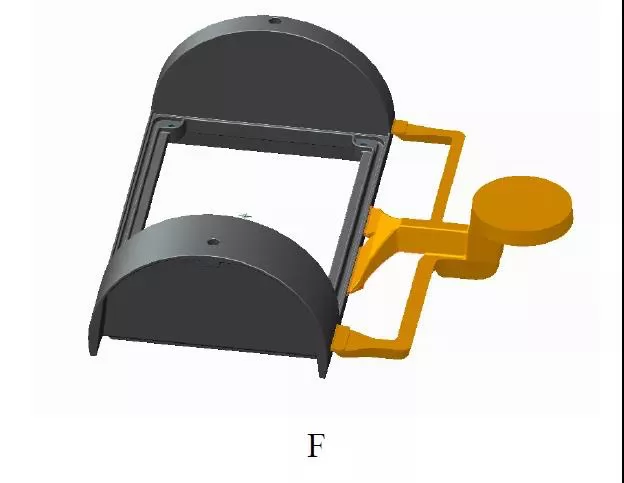
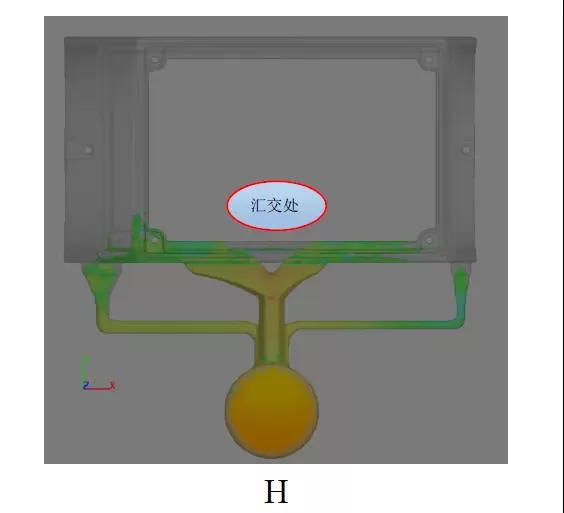
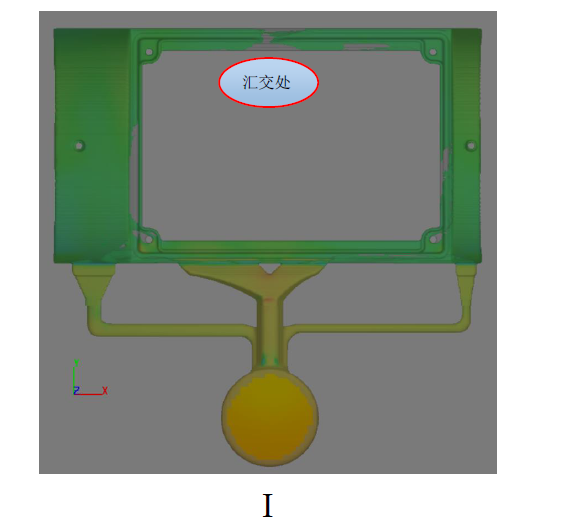
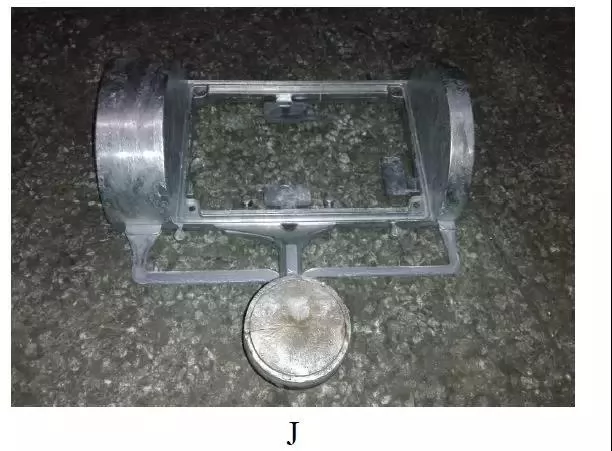
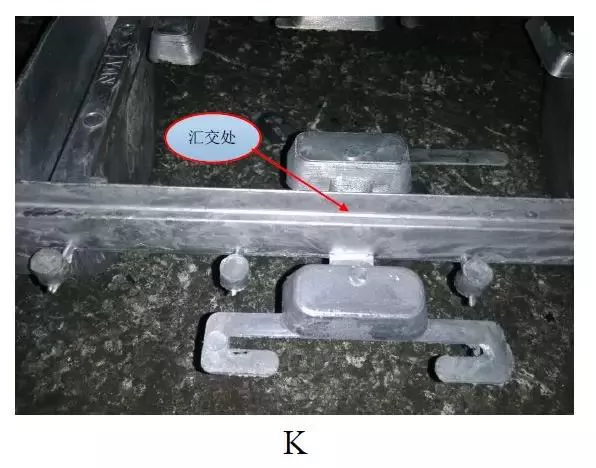
Summary:
The key to the design of the same route is not the “distance”, but the “same return”. Only by grasping the position where the liquid flow meets can the slag and exhaust be maximized, and a fundamental guarantee for producing quality products can be provided.
Copyright statement: The content of the article is extracted from the network. If there is any infringement, please contact us to delete it!







.png)


.png) +86-574-83036520
+86-574-83036520 +86-574-83008051
+86-574-83008051 sales@innovaw.com
sales@innovaw.com

.png)

.png)
.png)
.png)

.png)
.png)
.png)






























.png)

